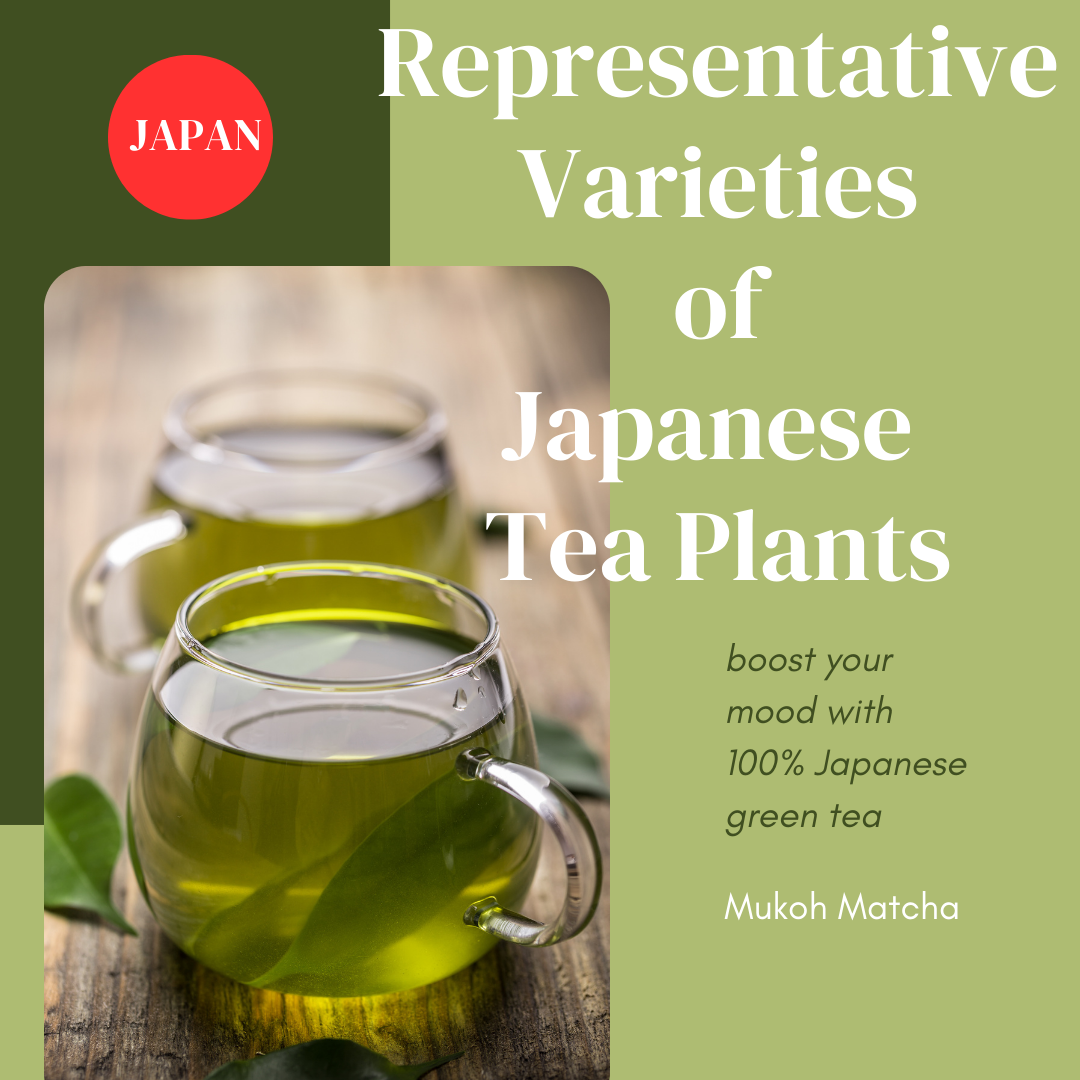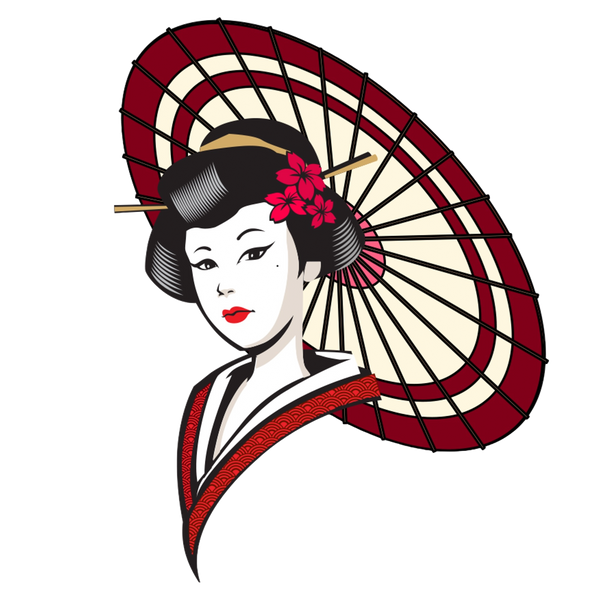
Exploring the Richness of Japanese Green Tea Varieties
分享
Japanese green tea is renowned for its rich flavors and health benefits, cultivated across various regions from Tohoku's southern part to Okinawa. Let's dive into some of the key tea plant varieties that make Japanese tea so unique.
Yabukita
Yabukita is the most widely grown tea plant variety in Japan, accounting for over 75% of the tea cultivation. This popularity stems from its adaptability to the Japanese climate and ease of cultivation. Yabukita is well-loved for its balanced umami, astringency, and aroma, making it suitable for a wide range of teas, including sencha, fukamushi-cha, and gyokuro.
Okumidori
Created by crossing Yabukita with a native Shizuoka strain, Okumidori is mainly cultivated in the Kinki to Kyushu regions. It offers a refreshing and crisp taste, harvested later than Yabukita to avoid overlapping busy periods. Okumidori stands out with its vibrant green leaves, citrus-like aroma, and deep, rich flavor.
Benifuuki
Benifuuki is a hybrid of the Assam variety and a strain introduced from India. Although originally developed for black tea, Benifuuki is processed using green tea methods, resulting in a unique product. It has a strong astringency and pleasant aroma, and is rich in methylated catechins, which have anti-allergic properties. This makes Benifuuki popular in health supplements, particularly for hay fever relief.
The diversity of Japanese green tea reflects the variety of its tea plant strains, each offering unique flavors and benefits. Understanding these varieties—Yabukita, Okumidori, and Benifuuki—enhances your appreciation of Japanese tea.
At Mukoh Matcha, we take pride in offering high-quality green tea products made from these exceptional tea leaves. Discover the richness of Japanese tea at our online shop.
